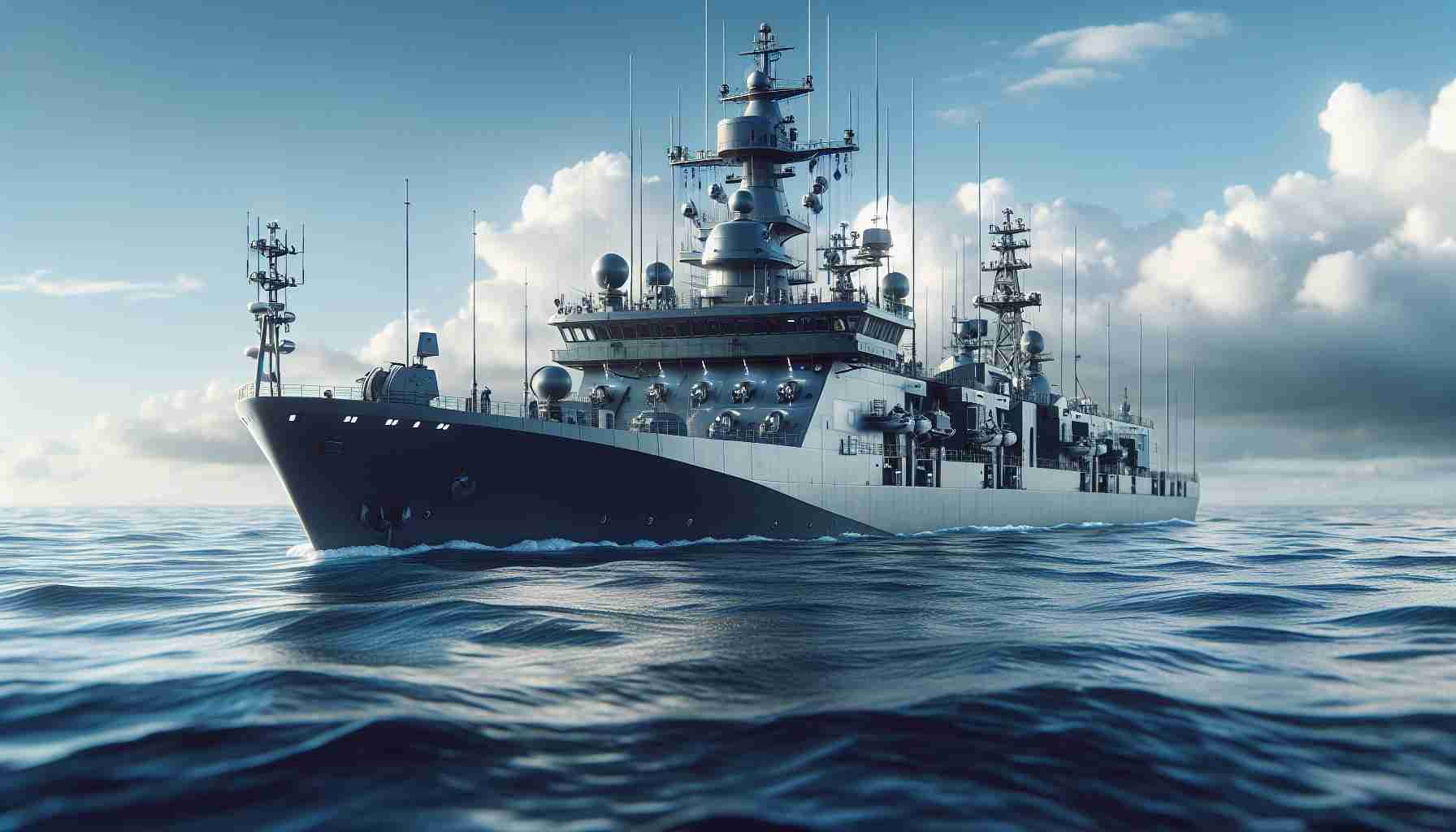ARLINGTON, Virginia— A breakthrough in maritime communications has emerged as Cape, a privacy-focused mobile carrier, teams up with IT&E to enhance connectivity for the U.S. Navy. Their collaborative trials aboard the USS Abraham Lincoln have achieved remarkable 4G and 5G capabilities, stretching connectivity up to 130 miles from shore.
In a historic achievement, the carrier successfully provided high-bandwidth data connections, with the USS Abraham Lincoln reaching impressive speeds of 50 Mbps for downloads and 25 Mbps for uploads, and even peaking at 160 Mbps download. This advancement not only matches the performance of Low Earth Orbit satellite systems but offers a reliable alternative for secure communications.
Notably, while docked, Cape’s strategic mobile virtual network operator (MVNO) powered the carrier, transferring over a terabyte of data within a mere 24 hours. Pier-side testing revealed data speeds up to 20 times faster than those of traditional SIM cards.
This innovation is not just about speed; it’s a critical leap for military communication, providing a secure means for sailors to stay connected while deployed. During the tests, sailors onboard could offload data directly through the local cellular infrastructure to a cloud-managed core network, ensuring real-time communications amidst demanding conditions.
The implications of this technology extend far beyond one vessel, signaling a potential transformation in how military operations communicate globally, fostering a new era of secure, swift connectivity at sea.
Maximizing Maritime Communication: Tips and Life Hacks
In a world where seamless communication is paramount, the advancements in maritime connectivity, as illustrated by Cape’s collaboration with IT&E for the U.S. Navy, open new avenues not only for the military but also for seafarers, maritime businesses, and even recreational sailors. Here are some tips, life hacks, and interesting facts to enhance communication and connectivity while at sea.
1. Optimize Your Data Usage
When at sea, bandwidth can be limited and precious. To optimize data usage, consider the following:
– Download Sparse Content: Before you set sail, download necessary documents, maps, and entertainment to ensure they’re available offline.
– Limit Streaming: Streaming videos consumes significant data. Try downloading shows or movies beforehand.
2. Use a VPN for Secure Communication
When utilizing maritime broadband networks, always connect through a Virtual Private Network (VPN) to encrypt your data. This can help safeguard critical communications, similar to the secure connections relied upon by Navy personnel.
3. Invest in Quality Equipment
Having the right equipment can significantly impact your connectivity experience at sea:
– High-Gain Antennas: These can amplify your signal reception, allowing for better connectivity at greater distances from the shore.
– Mobile Routers: Use a mobile router that supports both 4G and 5G to ensure maximal versatility and speed.
4. Regularly Update Software and Applications
Keep your communication tools and applications up to date. Software updates often include enhancements that can improve performance and security, ensuring efficient operation while on the water.
5. Explore Alternate Communication Channels
In case of connectivity issues, it’s beneficial to have multiple communication options:
– Satellite Phones: A reliable backup, satellite phones can provide emergency communication regardless of terrestrial network conditions.
– SSAS (Ship Security Alert System): For commercial vessels, ensure proper use of SSAS to alert authorities in case of piracy or other emergencies.
Interesting Fact: The Evolution of Marine Communication
Historically, ships relied on morse code and visual signals. The shift to digital communication has made it possible for vessels like the USS Abraham Lincoln to communicate in real-time with speeds that can rival land-based services, thanks to partnerships and technologies pioneered by companies like Cape.
6. Engage in Training and Practice
Before you set sail, conduct training sessions on using communication equipment. Familiarize the crew with procedures for using VHF radios, emergency protocols, and how to troubleshoot common connectivity issues.
7. Stay Informed About New Technologies
Keep an eye on emerging technologies in maritime communication. The capabilities demonstrated by Cape’s network offer a glimpse into future possibilities that can enhance both military and civilian maritime operations.
By implementing these tips and embracing advancements in communication technologies, both professionals and enthusiasts can improve their connectivity experiences while navigating the vast seas. Stay connected and safe out there!
For more insights into technology and communication, visit TechCrunch.























